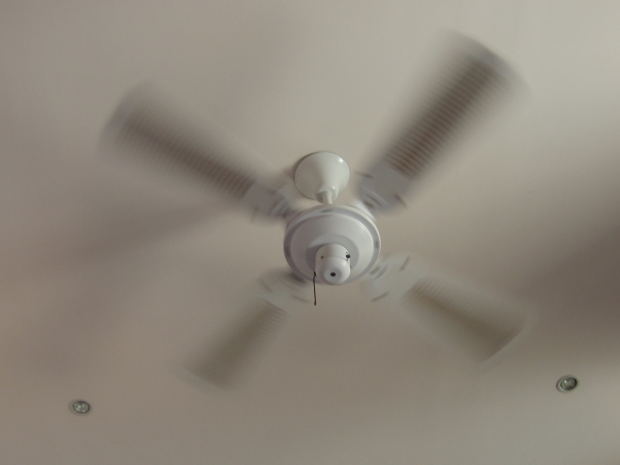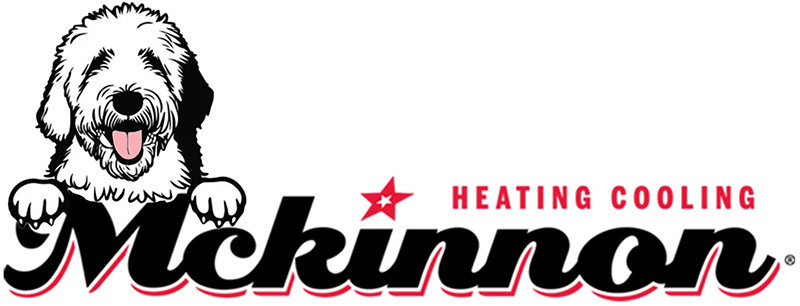 Did you know that you can use your ceiling fans to significantly reduce your heating and cooling costs? Cooling might be obvious but a ceiling fan rotating in the proper direction can help you save on heating as well. As long as the blades have been installed correctly, when rotating clockwise they push the air downward and when turning counter-clockwise they pull air upward.
Did you know that you can use your ceiling fans to significantly reduce your heating and cooling costs? Cooling might be obvious but a ceiling fan rotating in the proper direction can help you save on heating as well. As long as the blades have been installed correctly, when rotating clockwise they push the air downward and when turning counter-clockwise they pull air upward.
Many people use their ceiling fans to push air downward when it’s hot. While this does provide some cooling effect it is not the best way to operate the fan. During warmer weather the blades should be turning so that they draw the warm air upward and away from you while in cooler times they need to rotate clockwise, forcing the warmer air down.
For Cooling:
Be sure your ceiling fan is blowing air down into the room. This will dramatically improve the comfort of your home by keeping the hot air away from room occupants, which in turn should cut your cooling bill since you will be more comfortable at a higher set temperature.
Heating:
Be sure your ceiling fan is blowing air upward, away from the room. This will pull the cool air up toward the ceiling and force the warm air back down into the room. This cycle of air replacement will improve the efficiency of your heating system or heat pump unit.
Most newer model ceiling fans have some type of switch or toggle (it should be labeled) that changes the blade rotation. Before switching it, be sure to turn the fan off and let it come to a complete stop. Never try to stop fan blades with your hand; even a slow moving blade can give you a painful bruise.
Once the fan is stopped, simply flip the switch or toggle to reverse the blade rotation. Get clear of the fan before turning it back on. This switch is usually located on the base of the fan, just below the fan blades.
Since most newer fans tend to be energy efficient and use only a small amount of power, many heating and air conditioning professionals recommend running them 24 hours a day. They keep the air in your home circulating which helps maintain a constant temperature. You can also strategically place ceiling fans solely for this purpose, for example on the ceiling at the top of a set of stairs leading to a second or higher floor. There is much air movement through this stairway and a ceiling fan can help regulate the flow for ultimate comfort and savings.

